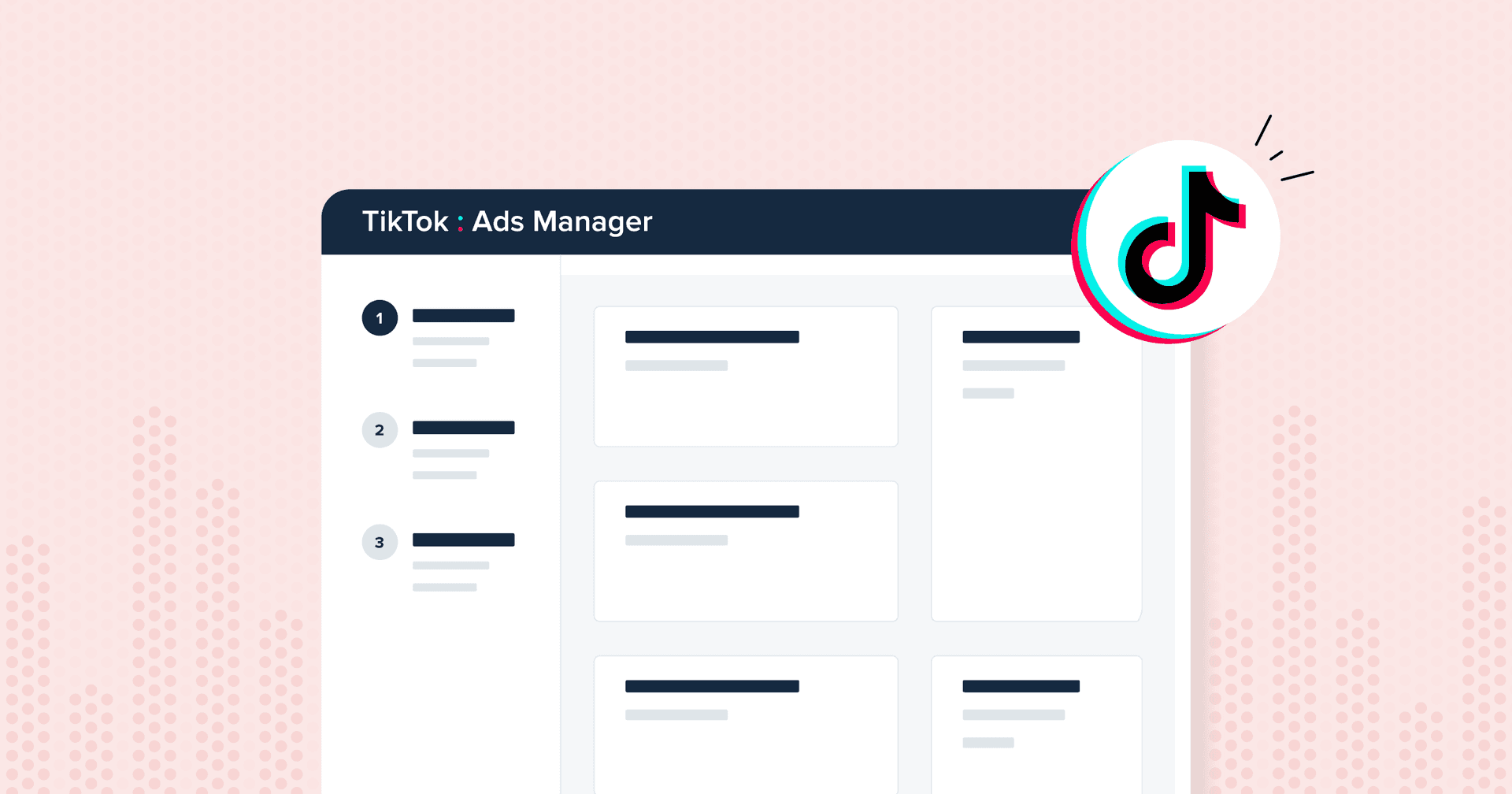Table of Contents
Table of Contents
- What Are Third-Party Cookies?
- Why Are Third-Party Cookies “Going Extinct”?
- What’s Staying and Going for Third-Party Data and Targeting?
- How Will Removing Third-Party Cookies Affect Marketing Campaigns?
- How Can I Adjust My Client’s Marketing Plan?
- How to Prepare for Google’s Third-Party Cookie Phaseout
- Conclusion: Agencies Need to Revise Marketing Strategies Now
7,000+ agencies have ditched manual reports. You can too.
Free 14-Day TrialQUICK SUMMARY:
Third-party data refers to information collected by an entity that does not have a direct relationship with the user. This data is involved in digital advertising, allowing precise targeting and retargeting across different websites. Google's phaseout of third-party cookies in 2022 significantly impacted how campaigns reached and converted high-intent buyers.
Marketing agencies should be well aware by now of Google’s plan to phase out third-party cookies in Chrome, the largest desktop browser by far, in terms of market share. The impact of this change has been widely discussed. However, with many important variables still in play, the time is now for agencies to take stock and prepare for the phaseout.
What Are Third-Party Cookies?
A third-party cookie differs from a first-party cookie (or its second-party flavor) mostly in terms of its point of origin and level of removal from a business or client’s actual customers and prospects.
First-party cookie | |
Definition | Example |
A first-party cookie tracks visitors to your own site and other owned digital environments, such as if your client owns and operates an app. First-party data can technically also include social followers, although qualitatively, there will be a difference between this data and more direct information, such as an email address and/or tracked browsing behaviors. | A cookie fires code that links an advertiser (such as Google) to your website. Tracked behavior serves retargeted ads based on something like an abandoned cart behavior. |
Second-party cookie | |
Definition | Example |
Second-party cookies do not actually exist! We include the term here to delineate between third-party data and second-party data. Second-party data is essentially first-party data from a different point of origin. Second-party data comes from partners, or can be purchased. It can vary in quality and effectiveness. | Your mileage may vary on second-party data, which might take the form of a list purchased from another entity, or exchanged with a partner. |
Third-party cookies | |
Definition | Example |
Third-party cookies (and data) differ from first-party sources. The behavior being tracked is not directly linked to the first-party seller via personalized information. Instead, tracking is used more generally to retarget segmented prospective buyers by their tracked interests and behaviors elsewhere on the web. | A consumer researches a new tablet on the website of an electronics retailer. They later see the same tablet advertised via a display ad on a third-party site, linking back to the original retailer. |
While smaller companies that rely more heavily on first-party data might argue that Google’s phaseout of third-party cookies isn’t that big of a deal, agencies and their clients, in particular, know full well that such a claim is incomplete at best.
Third-party data has proven important to the growth and scaling efforts, especially when it comes to digital advertising. It’s an effective method for converting high-intent buyers by tracking behavior across sites to target ideal customers outside first-party reach as precisely as possible.
For this reason alone, the development merits more analysis so that agencies can continue to ensure robust, measurable results for clients.
Why Are Third-Party Cookies “Going Extinct”?
Google has taken its time announcing and then actually planning the phaseout of third-party cookies. The phaseout was originally announced in 2020 and planned for 2022 before being pushed to 2023.
Experts attribute this lengthy timeline to Google’s acknowledgment of its established and long-running dominance as an advertising engine. It obviously wants to preserve this (or grow) even as it navigates this change. On top of that, there’s been a good amount of concern expressed among advertisers, agencies, and marketers after the change was announced.
As a marketing agency, you’re at the frontlines when it comes to facing the challenges presented by the phaseout of third-party cookies. With Google set on eliminating them from your toolbox and Safari and Firefox having already done so, the question naturally arises as to why this is being done.
Google Chrome Third-Party Cookie Phaseout Timing | |
Original estimate | Sometime in 2022 |
Latest estimate | A three-month period, beginning in mid-2023 and ending in late 2023 |
The main reasons for the phaseout, as cited by Google, include shifts in customer and audience sentiment surrounding data privacy and new regulations along these same lines.
Some industry insiders worry that the move is also motivated by a desire on the part of Google to further consolidate advertising power. Phasing out third-party cookies won’t completely eliminate the practice they accomplish – namely, tracking behavior to power advertising by entities other than those of your individual clients.
However, replacement methods for this functionality will potentially empower Google to accomplish the same practice on a browser level only, instead of on the open web. That could translate to you having to pay Google or other companies working on similarly “standardized” solutions for third-party tracking.
Whether the phaseout will ultimately play out in this way is beyond the scope of this article. Agencies will want to focus on what they can control, including taking stock of what the change will mean for them and for clients and how to adjust accordingly.
Let’s dig further into these important subtopics now.
What’s Staying and Going for Third-Party Data and Targeting?
The largest source of anxiety surrounding Google’s third-party cookie phaseout on Chrome concerns audience behavior targeting. In the simplest terms, this just won’t be possible anymore (at least in the same way), when it comes to data currently collected on Chrome by tracking cookies.
As hinted at above, replacement data collection and targeting technologies originating with Google and extending out to offerings from other companies are in the works to offset the results from Google’s change. Even the delay of the phaseout, originally planned for 2022, illustrates the delicacy of the situation regarding the amount of money at stake for advertisers, agencies, and any others currently leveraging third-party cookie data on Chrome.
For now, agencies should prepare for a shifting environment. Here’s what’s staying and going when it comes to third-party data:
Third-Party Data: What’s Staying and What’s Going | |
GOING | Audience behavior targeting This tactic relies on third-party data and will become effectively unavailable in its current incarnation after Google’s phaseout. Other technologies are in the works from varying sources to replace audience behavior targeting via equivalent or improved methods. |
STAYING | RemarketingRemarketing, as we commonly refer to it, relies on first-party data or in some cases, a mix of first and second-party data. It will go largely unaffected by the “death” of third-party cookies. |
STAYING | Contextual advertisingSince it focuses on analyzing and serving ads in context vs. tracking online behaviors, this change will not affect contextual advertising. |
STAYING | Conversion trackingA percentage of top-of-funnel ad traffic (which ultimately does relate to overall conversion metrics) could be affected by Google’s third-party cookie phaseout, depending on your agency and/or client GTM, conversion tracking will technically not be affected. It’s first-party data at the end of the day. |
How Will Removing Third-Party Cookies Affect Marketing Campaigns?
Agencies and clients that currently depend largely on third-party data to scale large swaths of their campaigns will be impacted the most by this change. If this is you, and you aren’t already auditing and diversifying your offerings – the time to do that is right now.
Targeting and retargeting new customers on the web will require agencies to strategize around replacing third-party cookie technology through other methods, and/or by rebalancing other efforts in either the short term, the long term, or both.
Potential Effects of Third-Party Cookie Removal on Campaigns |
It might become more difficult in the short term to buy top-of-funnel attention at scale |
Diversification of targeting/retargeting methods may become more important |
Marketers and agencies will want to stay current on replacement technologies, including from Google |
How Can I Adjust My Client’s Marketing Plan?
Tactile options for preparing to pivot around this change will vary depending on your current practices but may include:
Auditing and revisiting first-party and second-party data efforts and budgets
Experimenting with the new tracking and retargeting technologies that will fill some of the void created by the phase-out
Create opportunities out of this challenge, by innovating around it
Depending again on your current strategies, a mix of short and long-term approaches may make the most sense as you dig deeper into the impact that Google’s third-party cookie phaseout is likely to have on your agency and clients.
For instance, shifting ad spend away from third-party targeting and towards first-party and partner marketing efforts could make sense right now or in the near future. Create some space ahead of potentially challenging times by widening the third-party net right now, while its current operability is a known quantity. Leads you capture can be converted into larger first-party customer segments. You can also increase efforts to funnel prospective buyers from third-party sources to other first-party channels, such as email or SMS.
This is unlikely to fix everything, however, so marketers will also want to:
Experiment further with new or underutilized strategies or platforms in your toolbox, such as content marketing, PR/events, and sponsorships, or other types of advertising
Pivot to nascent growth methods, such as predictive analytics, to leverage newer technologies like machine learning for more novel data insights and targeting
Shore up SEO optimization for clients
Test and monitor all changes, to ensure new benchmarks are delivering
While all of the above could be considered discouraging news for agencies and marketers, it’s nonetheless something you’ll want to prepare for, even as Google itself continues to publicly hedge concerning this major change to the status quo.
How to Prepare for Google’s Third-Party Cookie Phaseout
Any other preparations agencies will want to take to offset the fallout from this change will again vary depending on current marketing plans and spend. It will likely overlap with the adjustments mentioned above.
Let’s look more closely at how to optimize your current practices, for example.
Questions Agencies Can Ask Themselves to Prepare for Third-Party Cookie Phaseouts |
How are my other efforts performing, such as with first-party data? Leverage tools like AgencyAnalytics’s Digital Marketing Dashboard to optimize current measurements and analysis. This will help firm up your starting point in seeking areas for improvement. |
Am I maximizing my current Google (or total) ad spend?Even when results have historically been good, it can be beneficial to take a fresh look at your campaigns. This can be especially true when it comes to spotting new patterns for potential growth, such as in increasing efforts at consistently growing verticals like video marketing. |
Are there other growth opportunities that I’ve put off testing because third-party advertising was working so well? It stands to reason that when opportunities shrink in one area, they grow elsewhere. Suppose you’re concerned about lost revenues with Google’s third-party cookie phaseout. In that case, it might be time to run some new experiments to replace those results. Returning to the example of something like video marketing, consider where overall advertising growth is happening at the moment, such as on TikTok. |
Conclusion: Agencies Need to Revise Marketing Strategies Now
No matter what approaches you consider or try to implement in response to the change, it should be clear by now that Google’s commitment to phasing out third-party cookies is not something that merits a “wait and see” reaction.
The good news is that your agency is not alone. This change will impact every advertiser in one way or another, including other agencies and client brands.
Savvy agencies will already be testing new methods of targeting and retargeting leads and/or returning to old strategies with new energy to diversify their offerings and ensure uninterrupted results for clients.
However you and your clients decide to respond, you’ll want the right data available to help you make informed decisions, the right partners to ensure your campaigns remain optimized, and client reports that are clear, succinct, and deliver actionable data.
Secure your 14-day free trial today to get ahead of the major shakeup presented by Google’s phaseout of third-party cookies.
Related articles:
Top 10 SEO Trends To Put On Your Agency’s Radar in 2022
What Is Zero-party Data? And What Does It Mean for Your Agency?
Track Your Clients’ Micro Conversions to Hit Client Reporting Home Runs

Written by
Michael DiBiasio is a Marketing and Storytelling Consultant and Content Strategist working out of New York City and Burlington, Vermont. With experience as a Head of Marketing (SaaS, eComm) and as a Video Marketing Lead (professional services), he helps stakeholders find the sweet spot between audience needs and values and their own sales and service goals.
Read more posts by Michael DiBiasioSee how 7,000+ marketing agencies help clients win
Free 14-day trial. No credit card required.






